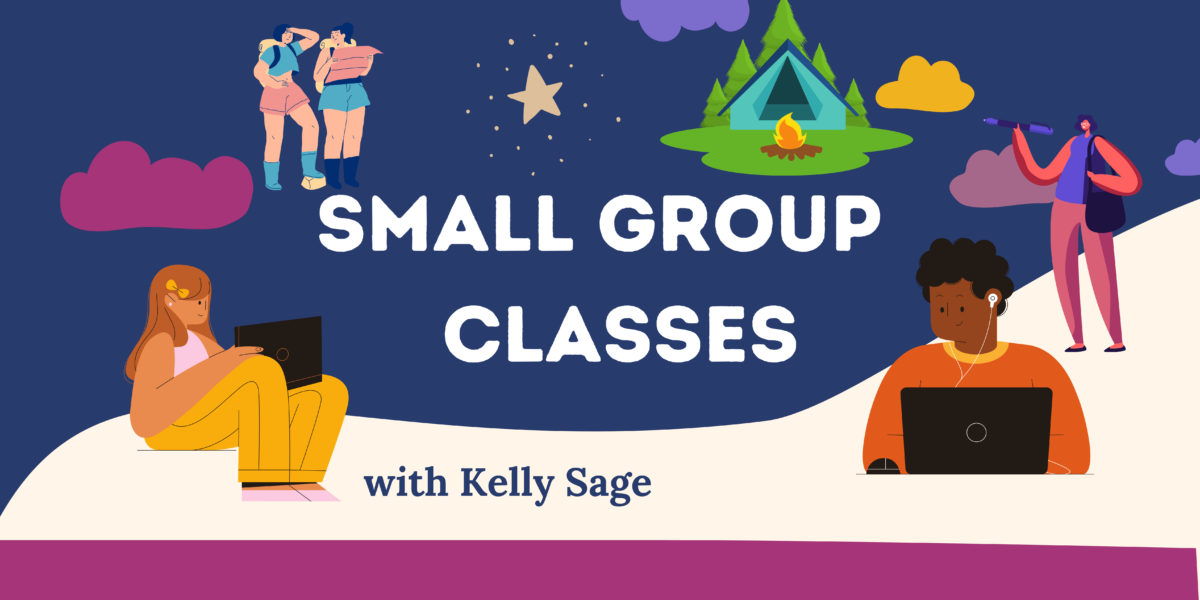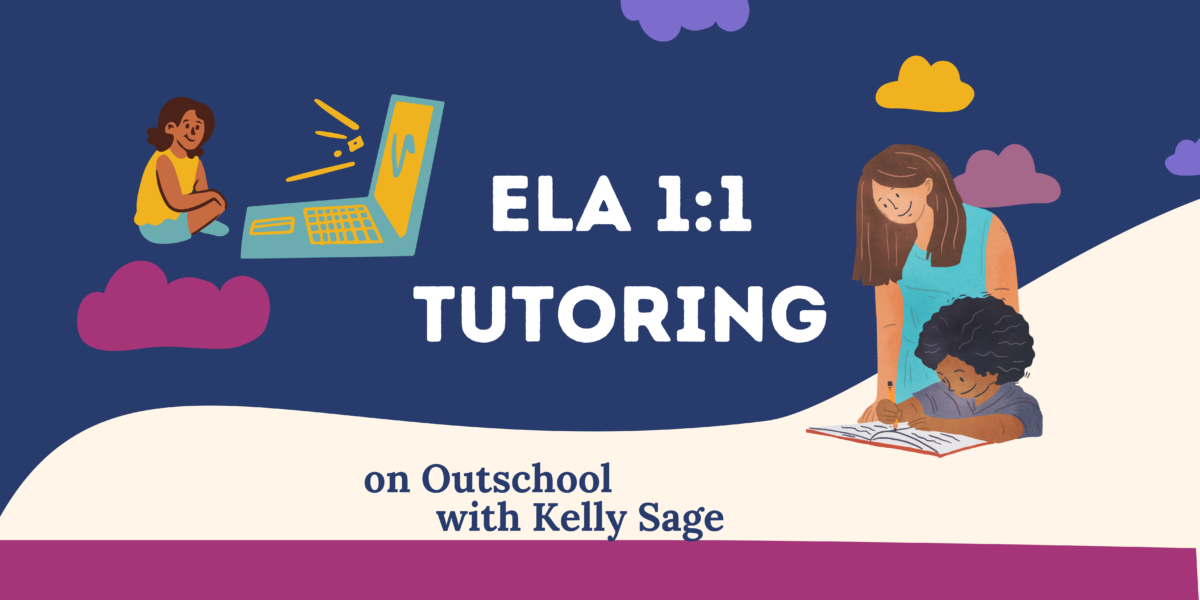Disclosure- Links in this post may be affiliate links. If you click through and make a purchase, I earn a commission at no additional cost to you. Unless noted, if I am reviewing a product, I have been compensated for my time. I write honest reviews. They are not required to be positive. I only recommend the resources we love and use.

Lately, I’m being asked a lot of questions about homeschooling. I’m also hearing a lot of concerns. What do I do if my kids don’t want to learn from me? Where do I start? How do I work at home AND educate my kids? All good questions and not easy to answer. How do I homeschool my children is like asking how do I parent?
If you are sitting with the question, How do I homeschool my children, know you are not alone. I can’t give you a how-to guide, but I can offer my experience as a homeschooler and a teacher.
Teaching My Children
First… Let’s be clear about something really important. As more and more of us take on the challenge of homeschooling, we need to embrace the fact that it is a challenge.
All of us, veteran homeschoolers and teachers included, make mistakes and have to sit in the discomfort of not always having an answer or knowing how best to help our kids learn. Each kid is different; there is no one way. Add in the fact that kids are constantly changing, what works one day might not the next. When it comes to teaching our kids, just like when it comes to parenting, there are all sorts of things we have to figure out and mistakes we are going to make. The only way to figure out what works is to try and keep on trying. We have to do the work to find what will work in our homes and with our families. It’s not easy.

10 Ways to Teach Our Kids
1. I am not my children’s teacher
When my children were little, my husband and I belonged to a child care co-op. Each family took weekly shifts and we took care of each other’s children. One of the many things we learned during this time was all of the children had their most challenging behaviors when their parent was on shift.
There are many reasons why this is so, just like there are many ways children/teens will react to learning from a parent. Just know it’s perfectly normal (especially in the beginning) for a child to push back, get agitated, shut down, and/or cry when their parent tries to teach them.
Tip #1- When homeschooling feels hard, don’t fall into a martyr role. You’re not failing. Your kid is not a jerk. You can be patient enough.
To help combat challenges, instead of thinking and behaving as my children’s teacher, which can immediately set up a hierarchy of power, I remind myself I am their mother- their supporter.
We work together. They have choice and autonomy, but some things are a must.
When they are having a hard time, we take a break and figure out a better way to approach whatever is causing the challenge. More often than not they are hungry and/or feel overwhelmed. We slow down, get a snack, try again.
I have found this shift of perspective helps my children and me work together instead of apart.

2. I let my kids’ interest lead
Research shows we learn best when we are interested. While many school curriculums dictate the topics our children learn, there are often places within the structure where interest can lead.
For instance, if a child needs to learn about American History, there are many subtopics they can choose from. Once they learn the material, they can choose how they want to show their understanding. Kids can choose the topics they write about and still learn how to write a well-developed paragraph or essay.
If you’re looking for resources to help your children pursue interest-led learning, you’ve come to the right place. Start here.
Tip #2- The more curious and excited you are about learning, the more your kids will be. Find their interests interesting. Remember you are their support!

3. I focus on what I can control
As someone who is type A, an Enneagram 1, and an ENFJ, I have spent a lot of years trying to control things that were none of my business to control. I’m learning I can control myself. That’s truly about it. I can control my reactions, say sorry when my reactions are overreactive, offer support, a hug, a new idea, a pause.
When we let go of trying to control the way our children behave, learn, and react and instead focus on our own reactions, we are more likely to be able to be patient, not take their behaviors personally, and work with them to find the best solution.
I am their support. I am here to help them find out how they learn, find their self-control, discover their interests, and hopefully have a lot of fun!

4. I seek outside resources
No one is an expert in every subject. Even within a subject we know well, we all have gaps. Teachers included. No one has all the answers. It’s why there are so many teaching resources available.
Some of the outside resources we have used and/or use and LOVE are:
Math– Khan Academy, CTC Math, Kate Snow’s Homeschool Math Help, Mr. D Math
English– Outschool, All About Learning, Brave Writer, Young Women Writing for (a) Change, BookShark
Science– BookShark, Playful Learning, Mystery Doug, Mystery Science, Kiwi and Tinker Crate
History/Geography– Atlas Crate, BookShark
Art– Doodle Crate, Masterpiece Academy
We also play a lot of games and read, read, read!!
Tip #3- If you are looking for a good place to start homeschooling, start by playing games and reading lots of books! You probably have both on hand. No need to spend money. Start with what you have.

5. I do not create school at home
There is no need to create school at home. I do not have 30 kids. We homeschoolers can take advantage of this!
We eat when we are hungry, go to the bathroom whenever we need to, take our learning outside, stay in PJs, snuggle with the dog while we’re writing, read in bed, take breaks whenever we need to, say yes to spontaneous playdates or playing outside, keep reading a book we’re into, skip math some days, and keep doing math for hours other days because we’re having a great time.
On average my children and I sit at a table directly learning together for less than two hours a day.
If you take away the amount of time it takes to teach a classroom full of kids, transition, line up, move into other classrooms, get settled, have lunch, take breaks, redirect, etc, I guarantee kids in school are focused and learning about the same amount of time.

6. I put connection first
I am not interested in getting into power struggles, yelling, forcing, or ultimatums. Do we sometimes fall into chaos and struggle? Sure. But rarely and usually because I am tired or overwhelmed. If struggle happened often or always, our relationship would be in jeopardy. That is not something I am willing to risk.
When things are feeling off and my kids and I are struggling, I try hard to make sure my impatience, not knowing, fears, and stress don’t make the situation worse.
Kids aren’t trying to be difficult, even when they are being difficult.
Take a break, pause, have a conversation with them and see if together you can find a solution.

7. I keep a daily rhythm or loose schedule
I think structure is important. It’s nice to know what to expect and when. Flexibility is also important. Life is messy and changes constantly.
We create a loose schedule or daily rhythm every couple of months. How we spend our time depends on my husband and son’s school breaks, my work, outside homeschool classes, and the season.
If you’re looking for more help regarding rhythms and routines, these posts might help!
Beginning and Ending Routines for Children

8. I try to be patient with time
Transitions and change take time. To truly get into a homeschool rhythm and start to feel like you know what you’re doing, a good year or more is needed. When I started teaching, I remember a veteran teacher telling me year three I’d start to feel confident. She was right. It was the same with homeschooling. The first two years of teaching and homeschooling were wonderful and much more challenging than they are now. That doesn’t mean my kids and I don’t have challenges. We all do, but it gets easier.
Tip #4- Spend the first couple of months or more unschooling. Let your kids be bored, play outside, get crafty, play with toys they haven’t had time for. Read together every day. Play games. Let them free play. They will learn a ton and a new rhythm will start to emerge.

9. I set learning goals with my children
If our kids aren’t invested in their learning, we’re going to spend a lot of time trying to convince them they need to learn. They are more likely to follow through, especially with what is hard, when they set their own goals.
We can steer them into a direction- have them set a reading goal, writing goal, math goal, etc, and we can help them achieve their goal, but ultimately it is up to our kids to reach the goal.
If your child (or you) has trouble with their growth mindset, Big Life Journal’s resources (many free) are wonderful.

10. I set clear boundaries for my time
I have always worked at least 30 hours a week while homeschooling. I can’t do both well without boundaries around my time.
When we are creating our seasonal, weekly, and daily schedules the time I need to work is very much a factor. I often need several hours a day without frequent interruptions.
When my children were little this time happened during naps, screentime, and evenings and weekends when my husband was home.
Before COVID, I traded childcare with other homeschool moms, utilized times when my kids were in homeschool classes, and always made sure when they had free time to set them up with enough snacks and ideas to occupy them for a while.
These days, I let them know when I’ll be available for them, and when I am not. I have to remind my daughter when I’m working, I need to be able to focus. Giving her a time when I’ll be done, and sticking to that time, helps limit her interruptions.

Start Now
If you are thinking about homeschooling, why not start now. Sit down with your kids and make a list of all the things they would love to learn or learn about. Have them pick one thing and spend twenty minutes a day (or an hour or however long they can hold their focus) learning.
Watch videos, read books, play games, make things, get outside.
Don’t worry about how much they learn or any type of assessment. Learn for the sake of learning, just for fun. Don’t call it school or homework or make it stressful. If they read one book and feel like they know enough, have them pick something new. No rules. No pressure.
Homeschooling and helping our kids with virtual learning is not easy, but it can be one of the most wonderful, important things you do with and for your children. The gifts outweigh the challenges as long as we let them.
Good luck. You’ve got this!


























Pingback: Brandon Goes to Beijing | Multicultural Children's Book Day -